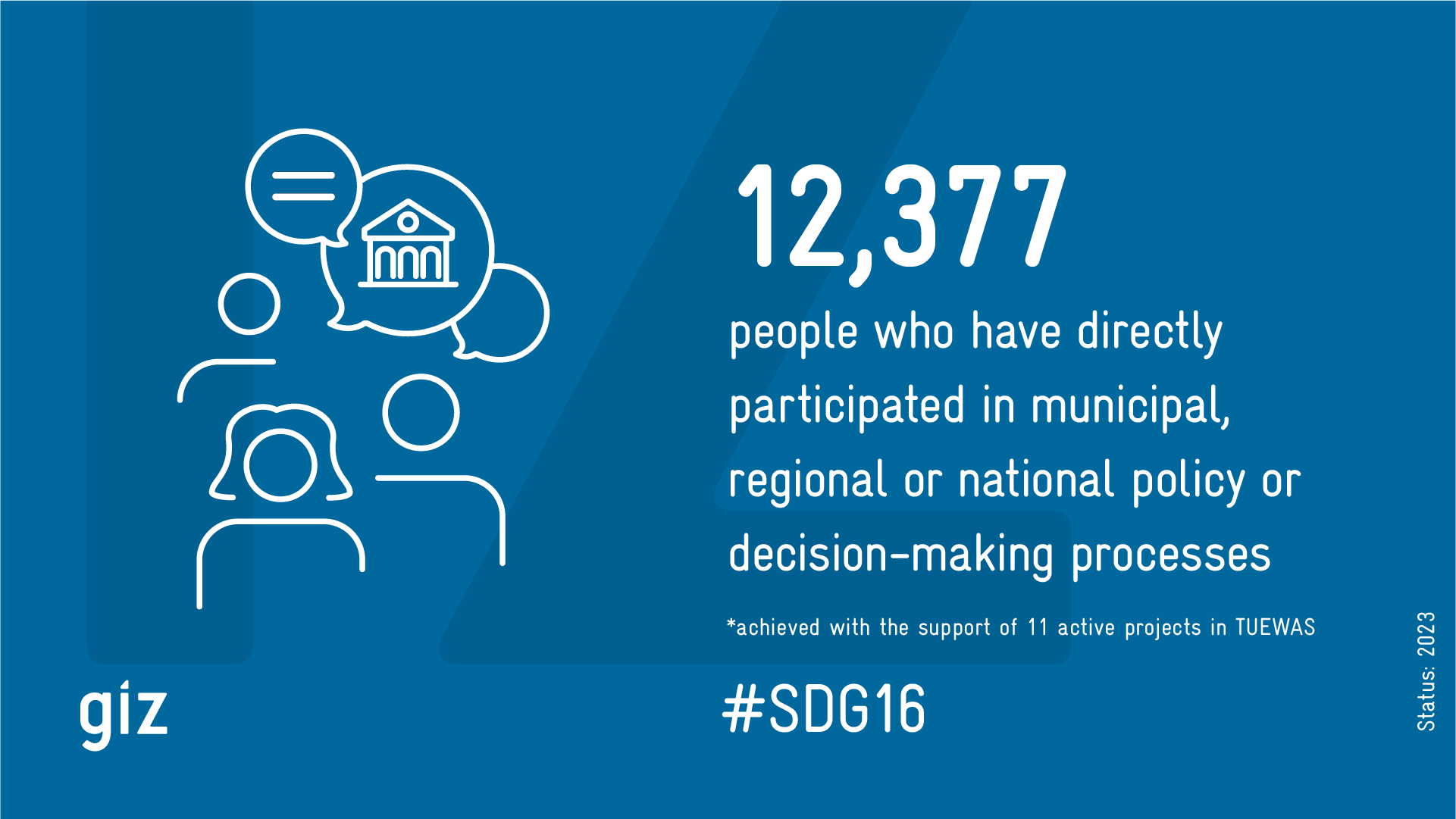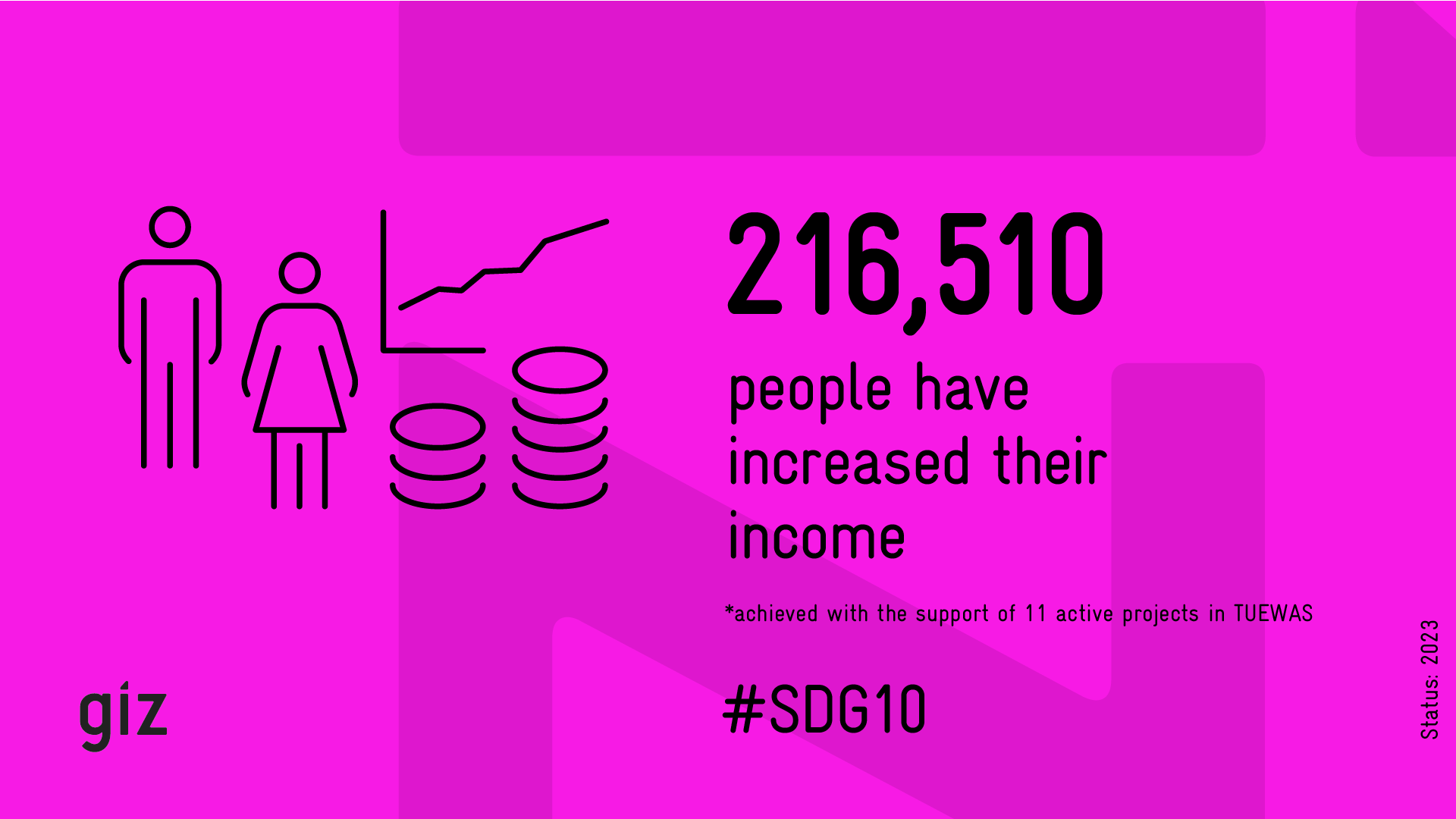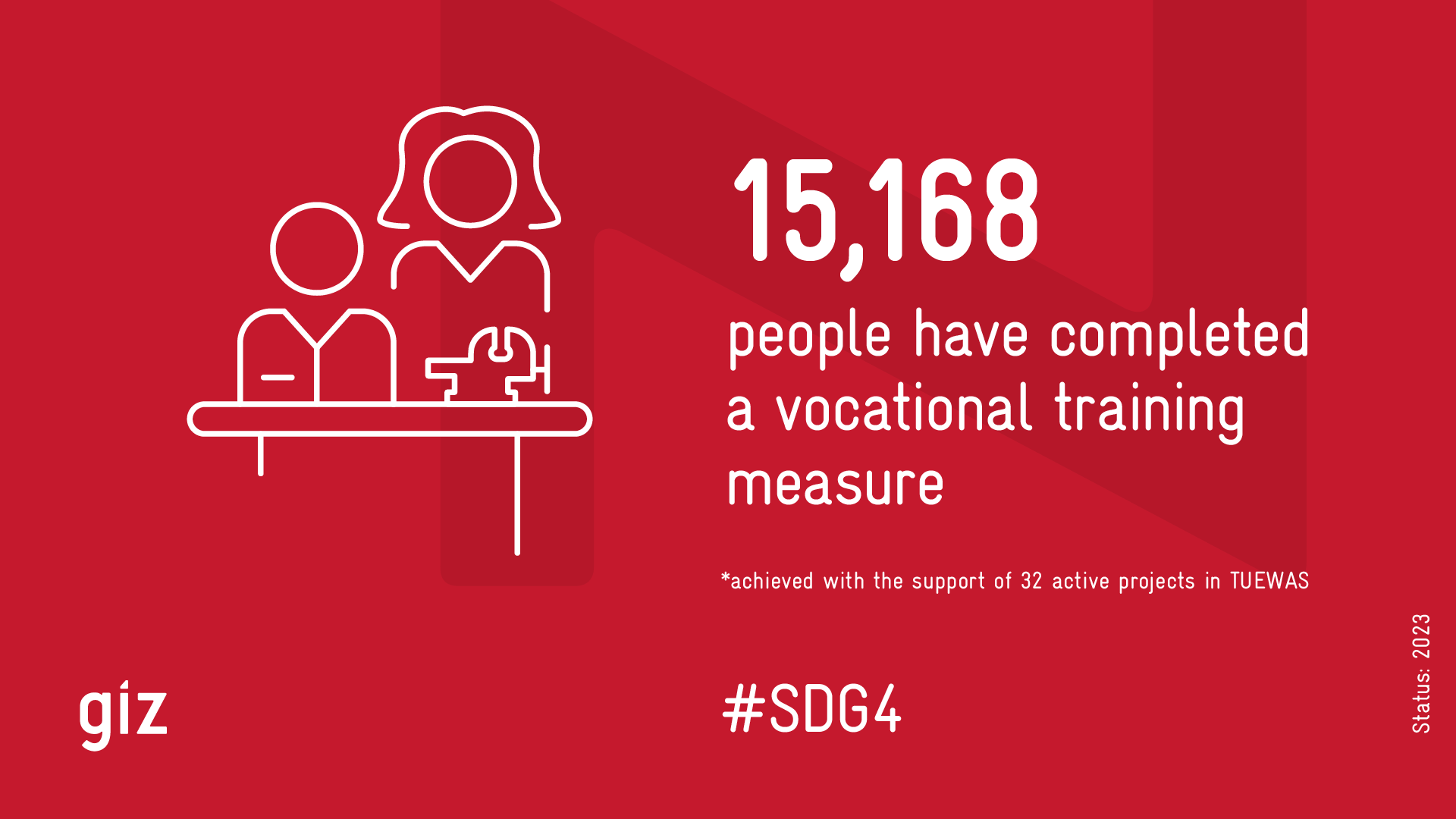Ho Chi Minh City (HCMC), Vietnam, home to over ten million people, faces increasing challenges from climate change, including rising sea levels and intense flooding events. Those heavy floods can bring the entire city’s transportation network to a standstill. This not only disrupts daily commutes but also increases the reliance on private vehicles and motorbikes, exacerbating traffic congestion. The need for a robust public transport system and resilient urban infrastructure that can withstand such extreme weather events is more critical than ever.

Weather-Proof Commutes: Revolutionising Urban Transit with Machine Learning
The TUMI Lab Ho Chi Minh City exemplifies how big data can be harnessed to enhance urban mobility and mitigate the impacts of extreme weather events. The project is supported by the Transformative Urban Mobility Initiative and conducted by the Vietnamese-German University in collaboration with the HCMC Department of Transport and local bus operators. This initiative aims to keep the city’s buses running smoothly, by developing a digital tool that leverages big data and machine learning.
The project began with an in-depth analysis of weather data and historical extreme weather events to understand their impact on the city’s transportation network. By analysing this data, the team identified road infrastructure vulnerability and road user behavior to identify bottlenecks. They then developed machine learning algorithms to predict short-term traffic congestion caused by flooding.
When heavy rain hits, the digital tool created by the TUMI Lab springs into action. The tool supports city authorities in planning and responding to such events by predicting traffic congestion and suggesting alternative bus routes. This information is communicated in real-time to bus operators and passengers, ensuring the continuity of public bus services
Big Data Reshapes Cities: From Bus Routes to Urban Design
This project is a shining example of how big data can transform urban planning and can be utilized to shape sustainable and resilient cities. It also opens up a broader narrative about the role of big data in urban planning, as illustrated by the widespread use of data standard.
The use of the General Transit Feed Specification (GTFS) allows public transit agencies to publish their data in a format accessible to various software applications, that play a crucial role in urban mobility. It’s not just about keeping buses on the move; it’s about rethinking how we design and manage our cities.
Used by over 10,000 transit operators worldwide, high-quality GTFS data includes information on transit schedules, stops, routes, and as well as public transport usage, service performance during different times, and areas needing improvement. This data empowers planners and policymakers to make informed decisions about public transport systems, improving service quality and connectivity. Tools like the TUMI GTFS Analyzer use this data to pinpoint areas of improvement in public transport services, exemplifying how data-driven approaches can lead to innovative solutions in urban planning.
The Future of Resilient Urban Transport
The success of the TUMI Lab project and the utility of GTFS data highlight the transformative potential of data-driven approaches in urban planning. These examples encourage us to think creatively about the possibilities that arise from using data for urban planning. By embracing data-driven approaches and machine learning, cities can develop robust systems that ensure sustainable and efficient public transportation, ultimately enhancing their resilience to environmental uncertainties.
Link to Further Materials
Project video: https://www.youtube.com/watch?v=JfCcMTO1PCI
Contact Person
Key Buzzwords
Vietnam, Ho Chi Minh City, Flooding, Bus routes, Big Data, Resilience, Adaptation






